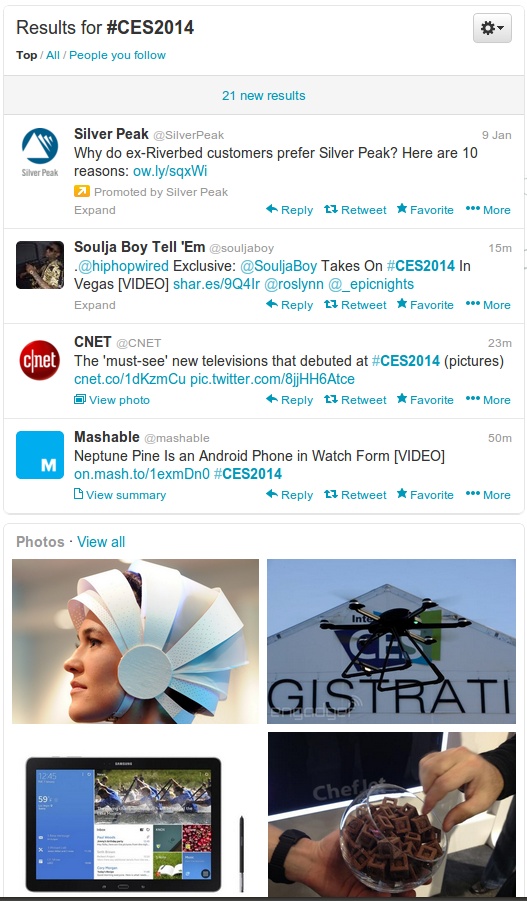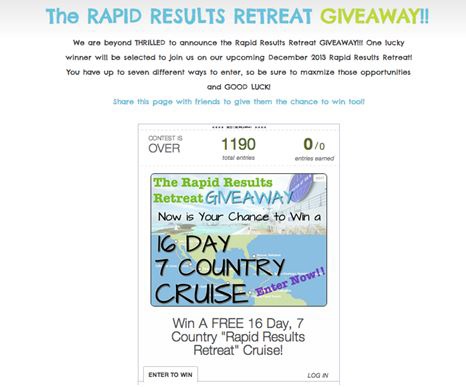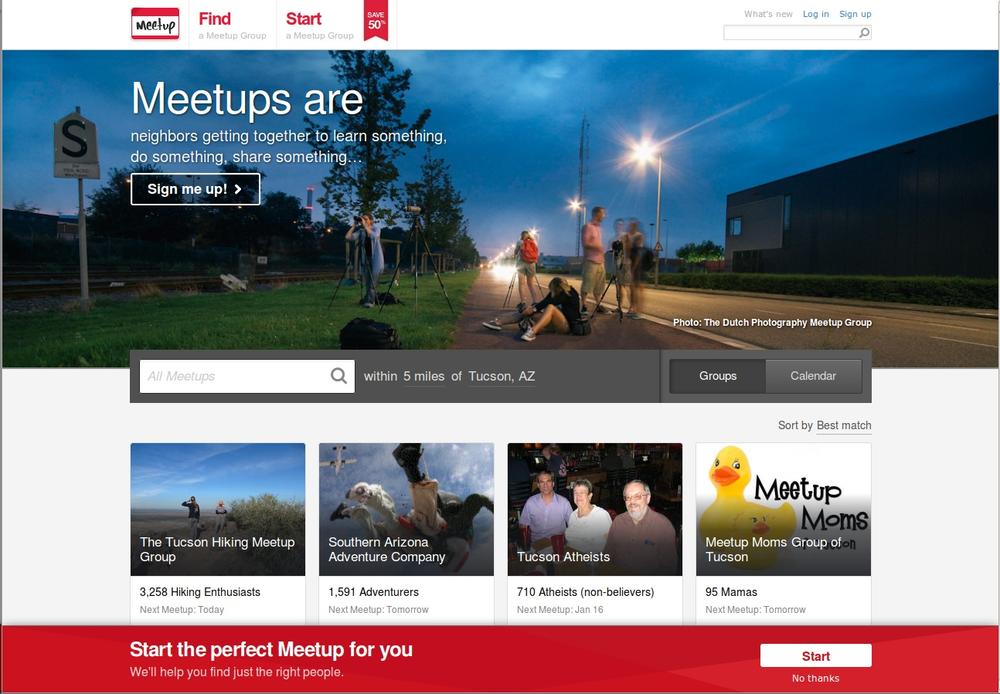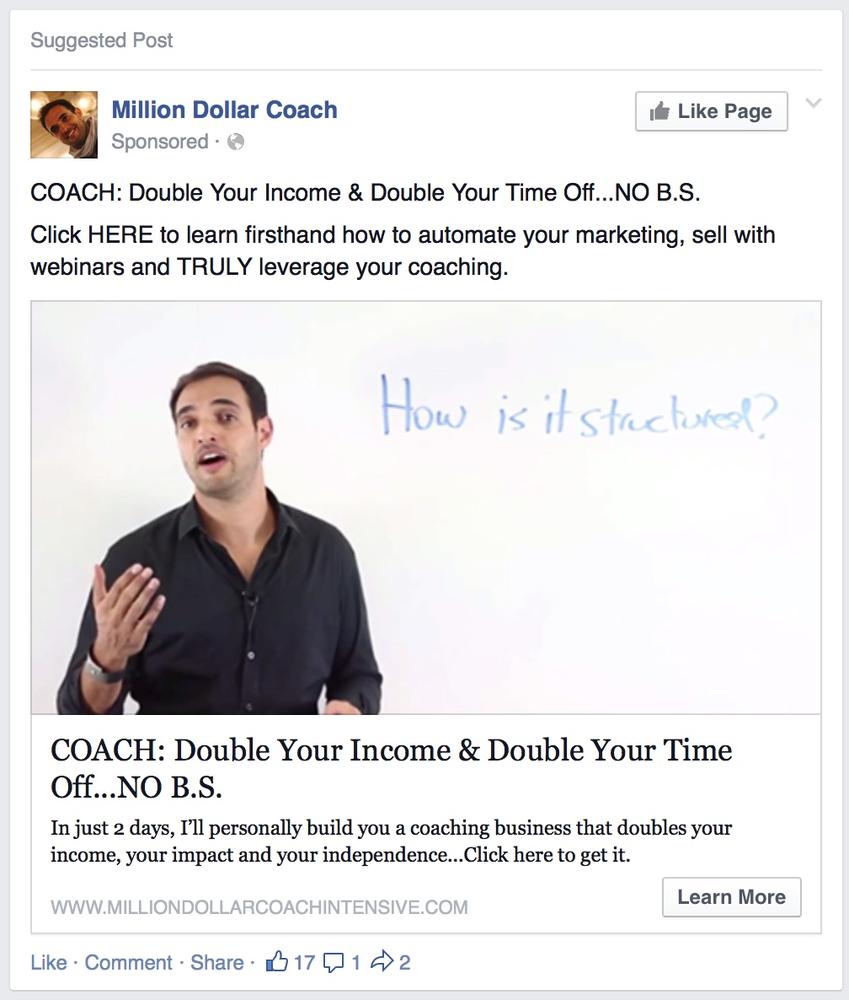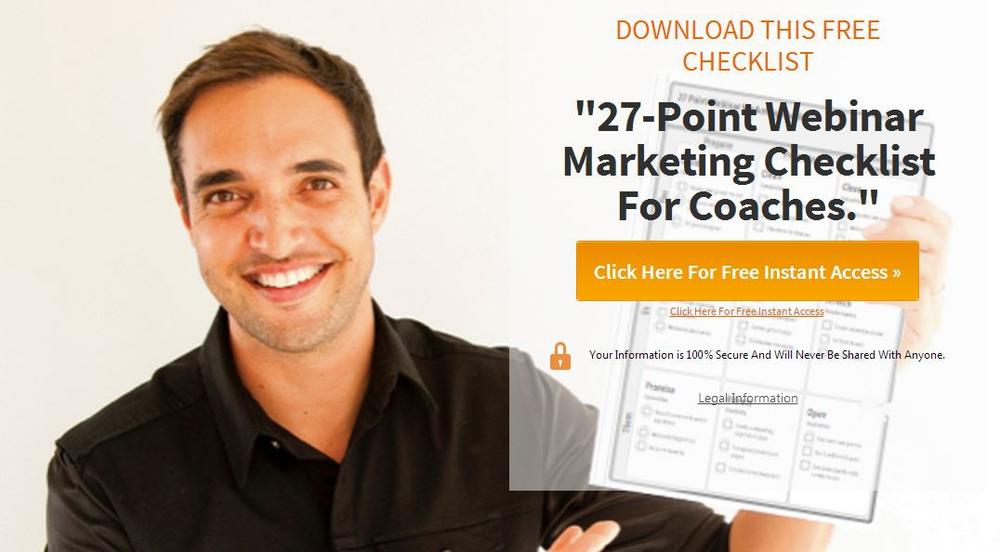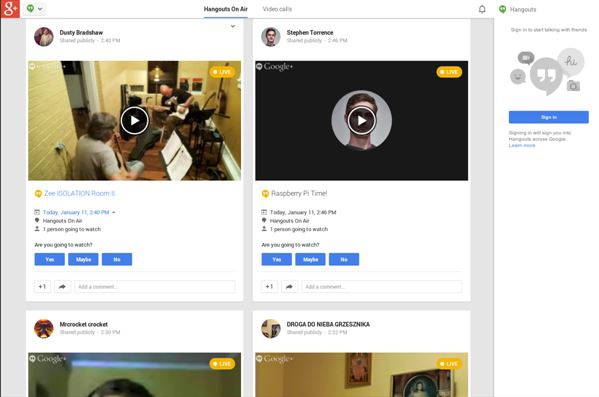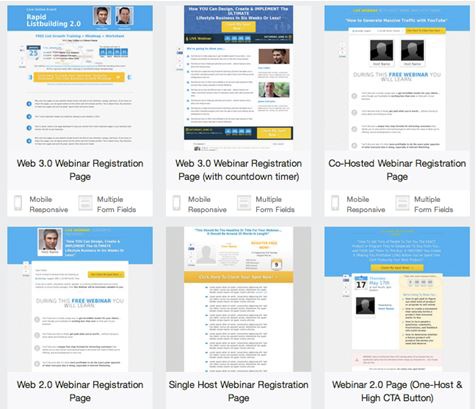Chapter 11. Event Promotion
Promoting events such as concerts, seminars, conferences, classes, and workshops requires a slightly different strategy from other ecommerce categories. For non–speaking events such as concerts, games, or tournaments, it’s simply a matter of designing great ads, spending enough money on the campaign, and doing extra-fine-grained targeting.
Speaking and teaching events (conferences, classes, etc.) involve more work to prove the value and importance of the content. People are going to spend a lot of money not just to attend your event, but probably also to travel there. This chapter deals mostly with four kinds of events:
- Digital (virtual)
- Local
- Regional
- International
Each requires a different approach to ad targeting when you’re trying to attract the largest audience.
Within the digital category, there are three subcategories that you should keep in mind when thinking of your marketing strategy:
- Automated (seems like it’s live, but it’s actually prerecorded)
- Prerecorded
- Live
Establish Thought Leadership
The first thing you need to do is show that the event is going to be worthwhile—interesting, engaging, and valuable. To do that, you’ve got to establish the thought-leadership status of the people who are speaking at the event. This is true even for virtual events.
Your speakers should be doing a certain amount of this (as well as promoting your event) on their own. Check with them to make sure that they’re mentioning the event on social media, and ask if they can contribute an article or podcast that you can post on your event website. Podcast-type interviews are fairly easy to do; just send three questions relevant to the topic, and either ask the speaker to record them, or set up a call or video conference to record the answers. I taught a two-day SEO workshop for the American Marketing Association, and to promote it, AMA and I partnered on a short podcast that was marketed to prospective attendees. You can find that example at https://cc.readytalk.com/play?id=9au7h. You can also host a short panel-type discussion and record it as a podcast.
If you’re hosting a panel discussion, you might want to concentrate only on the most well-connected panelists. Market your biggest names. If you aren’t sure who the top people are, use the research tactics mentioned in Chapter 13.
Record a preliminary thought-leadership conference as a podcast in the style of a group conversation with one moderator. Create a transcript from it to use as promotional material later.
It’s also helpful if you, as the event host, are known in the industry. Everything public you do creates thought-leadership status. So any articles, podcasts, videos, or other content you can post around the Web will help draw attention to and give relevancy to your event. Don’t just post on your own pages and sites; try to get in as a contributor on prominent industry blogs and in magazines. Most commercial content sites will not turn down free content as long as it’s excellent. You can also try to get invited as a guest speaker on other people’s podcasts and radio shows. Two sites to look into for this are:
If you have the time and speaking ability, you can even start your own regular podcast or online radio show. James Schramko uses his weekly podcast “SuperFast Business” to supplement his blog and business training course. His end result is around 23,000 subscribers.
Add Hashtags
Go to Twitter and Facebook and create relevant hashtags for your event. Use them whenever you post something about that event, and encourage your speakers to do so as well. See Figure 11-1 for a good example.
During the actual event, make sure you let all of the attendees know about your hashtags so that they can use them in their social media posts. Assigning someone the task of live-tweeting from the event is also a great way to get discussion going around your event. And if you plan to hold regular events, using the same hashtag for each can generate buzz around future events.
Create Virtual Badges
You can get some extra reach by creating graphical badges that speakers and attendees can add to their social profiles, blogs, and other sites. If you need some inspiration, a good example is the SES conference.
Establish a Basic Ad and Content Strategy
Your event ads should be progressive—they should build up to the event. Have a countdown series of ads for every major interval (“One month until,” “One week until,” “Two days until,” etc.). Offer an early-bird price, with a hard date for a deadline.
In terms of ad design, use a photo of the location as the image in the ad. If the event is in Los Angeles, use a photo of a building in Los Angeles, and be sure to use the words Los Angeles in the ad or the title so that you can more effectively reach your demographic. People who view ads don’t know that they are targeted specifically to view them.
Giving away tickets in the weeks prior is a great way to get a buzz going about your event. People will begin to envision themselves possibly attending the event, and if they don’t win, they’re more likely to sign up. Jairek Robbins had a great promotion for his Rapid Results Retreat (Figure 11-2). The promotion involved 7 possible ways to gain additional entries in a giveaway drawing for a free ticket to the retreat, a cruise that spanned 16 days and 7 countries. Additional vote opportunities included sharing the promotion on a social media platform.
There are apps that will enable you to give people multiple giveaway entries if they share the giveaway on social networks. Definitely take advantage of this if you can. If you don’t have the budget to use contest/giveaway apps like that, then at least ask entrants to share the event on Facebook or Twitter as part of their entry requirement. Similarly, you can give discounts for people who share the event on social networks.
Ask people to submit questions about the event and the content you’ll be presenting at it. In the weeks leading up to your event, putting out a call for questions is a great way to get people thinking about the event, which increases the chances of them attending while also giving you ideas that you may not have considered. You can also livestream Q&A sessions from the event to give people a vested interest in coming up with questions or comments beforehand.
In addition, another successful tactic for event promotion, particularly for local events or “expert” events, is to find influencers in the local market who have large followings and offer them free attendance to the event in return for their promoting the event to their followers.
Leverage Social Networks
In this section, we discuss some tactics for specific social networks.
If you’re having trouble thinking of good content, then lean on your speakers or presenters. Get some snippets from them that you can share on social media. Do they have previous content you can share? Leverage the existing fan base of the people who are speaking whenever possible.
If you’re a one-person show, then use snippets from your event content. Give part of it away for free. Talk about related books and current events related to this topic.
Regardless of which networks you participate or advertise on, you must build an audience before you can announce the event—if you have time to plan, that is. Event promotion is a long-term strategy for a long-term business.
Multiple Events
If you run more than one event, then start a topic-based group on Facebook and/or LinkedIn so that you can maintain a list of people who may be interested.
Slideshare
Slideshare is a site for hosting and sharing PowerPoint-style slide presentations. In general, it is a great site for raising your professional profile as a speaker, presenter, thought leader, or manager.
If you can, create a virtual version of one of your event talks by uploading the slide deck and adding an audio voiceover. Then share the presentation on all of your social networks.
Lanyrd
Lanyrd is a social network entirely dedicated to conferences and speakers. It’s practically a necessity to have an account here if you want to build your profile as a host or speaker for a technology-themed conference.
Regardless of your industry, having an active Lanyrd account with good content is a great way to build your online reputation as a speaker or conference host. A decent amount of engagement here is social proof of your speaking and organizing skills. Content on Lanyrd that is associated with you will also increase the volume of positive Google search results involving your name, your brand, and your company.
Portfolio Sites
If you have a significant body of work spread out across multiple publications and events, then you should establish an online portfolio. This makes it easier to find and review all of your work without doing a lot of searching. Some sites we like for writer and speaker portfolios are:
AllConferences
AllConferences is a social network dedicated to conferences of all kinds. You definitely want to register here, and participate appropriately.
YouTube
If you have the resources to create a three-minute promotional video, then by all means do it and post it on YouTube. You can do an interview with some of the speakers, you can give away part of your presentation, or you can just talk for a few minutes about the event and how it will help attendees be happier, more successful, or more effective. For an example event promotion video, check out Next Level Experience.
Use YouTube ads to promote this video to people who are fans of the event’s topic or of the people who are speaking there. Share the video everywhere you can.
Meetup
You should have an account on Meetup (Figure 11-3) even if you’re not promoting events. As explained in other chapters, it’s a great way to network and to increase your search visibility. Meetups often feature speakers who have mastered a professional skill. Speaking at these can bolster your credibility in the local area, and even lead to partnerships or consulting gigs. In addition, if you are looking into giving talks at conferences, this is a great stepping-stone.
Create a Meetup group for your event. You can make this the main site for the event, if you want, or it can be a complement to your event website. This is particularly effective for local events, since Meetup is primarily a local service. Or, mention your event at a local meetup group that is relevant.
In the event description of your Meetup, be sure to use good keywords so that it’s easily found through Google and the on-site search function. Don’t do keyword stuffing, though; the description should make sense to a human reader.
Meetup has limited utility for international events, but if you have the resources to put into it, you can definitely attract a larger local crowd.
All of the previously explained tactics for Facebook apply. Create a page for your event, post good content, engage, promote, and so on. Certainly also create a Facebook event for your event and promote it to your fans, but make it clear to attendees that confirming their attendance on the Facebook event isn’t sufficient to save their spot—they must register at your official event page to confirm their registration.
You’re also going to want to create your own Facebook group dedicated to the topic that the conference covers, and leverage your Facebook fan base to participate in it.
As already mentioned, create a custom hashtag (or hashtags, if appropriate to do more than one) for your event on Twitter.
You can take this one step further by using Twitter’s API to create a custom widget for your site that displays tweets with this hashtag.
Create Your Own Social Network
It’s possible to use a service to create your own social network. However, you or your event needs to be extremely popular, and you must dedicate a lot of resources to maintaining a custom social network and engaging with the participants. In most cases, it’s better to create a Facebook group or Google+ community so that you can take advantage of an existing infrastructure with which your fans are already familiar. When existing networks don’t have the features or control that your community needs to be successful, then you have a good business case for a custom social network. These are some services that we recommend:
If you take this route, you’re going to want to promote your custom social network everywhere—Facebook, Twitter, and so on. Do whatever you can to get speakers and attendees to sign up here and participate on the site. Here are some examples of successful custom social networks:
Summary
Events should definitely have a place in your professional life, even if you’re not hosting them. We’ve explained in this and other chapters how attending industry conferences and relevant webinars can help keep you up to speed with a changing ecommerce landscape and put you in touch with powerful allies.
If you’re just starting to venture into speaking or presenting at conferences, we’ve given you some excellent tools and tactics to get you on your feet. With motivation and practice, you will absolutely be able to work your way into major industry events and build your reputation as a speaker, industry expert, and author.
Head over to the book’s website for more Q&A and to post your own burning questions! You’ll also have access to exclusive offers, discounts, and coupon codes on various social media tools and services.
To get exclusive access to instructional videos related to the concepts in the chapter, simply send a text with your email address to +1(213)947-9990 and we’ll send you some awesome links!
